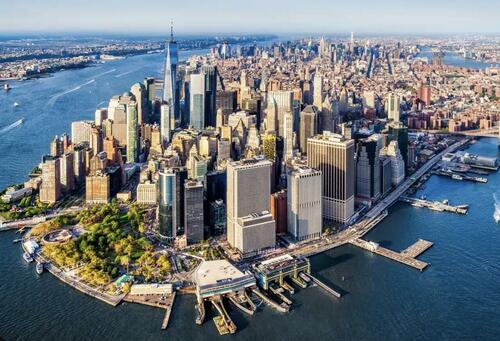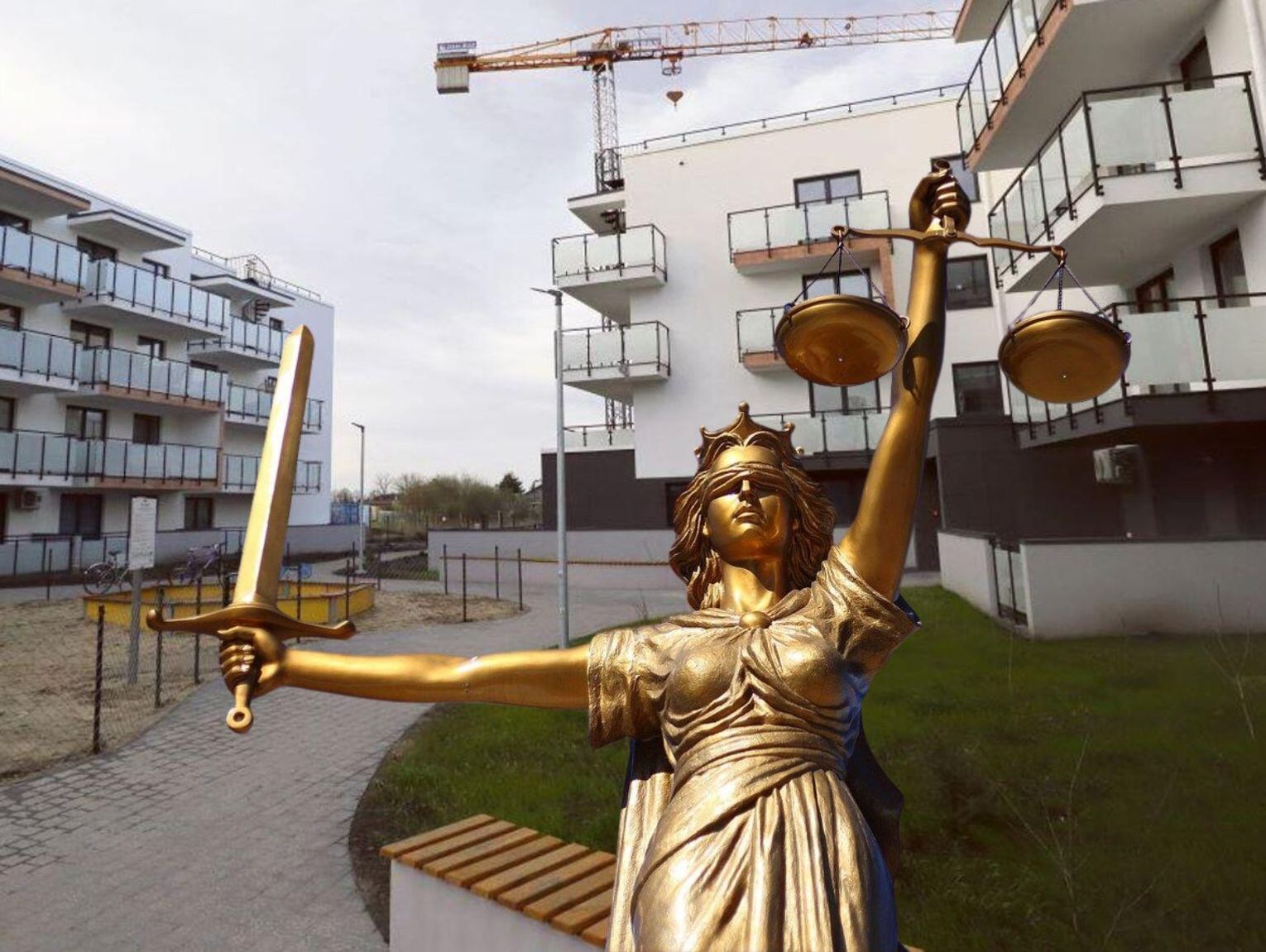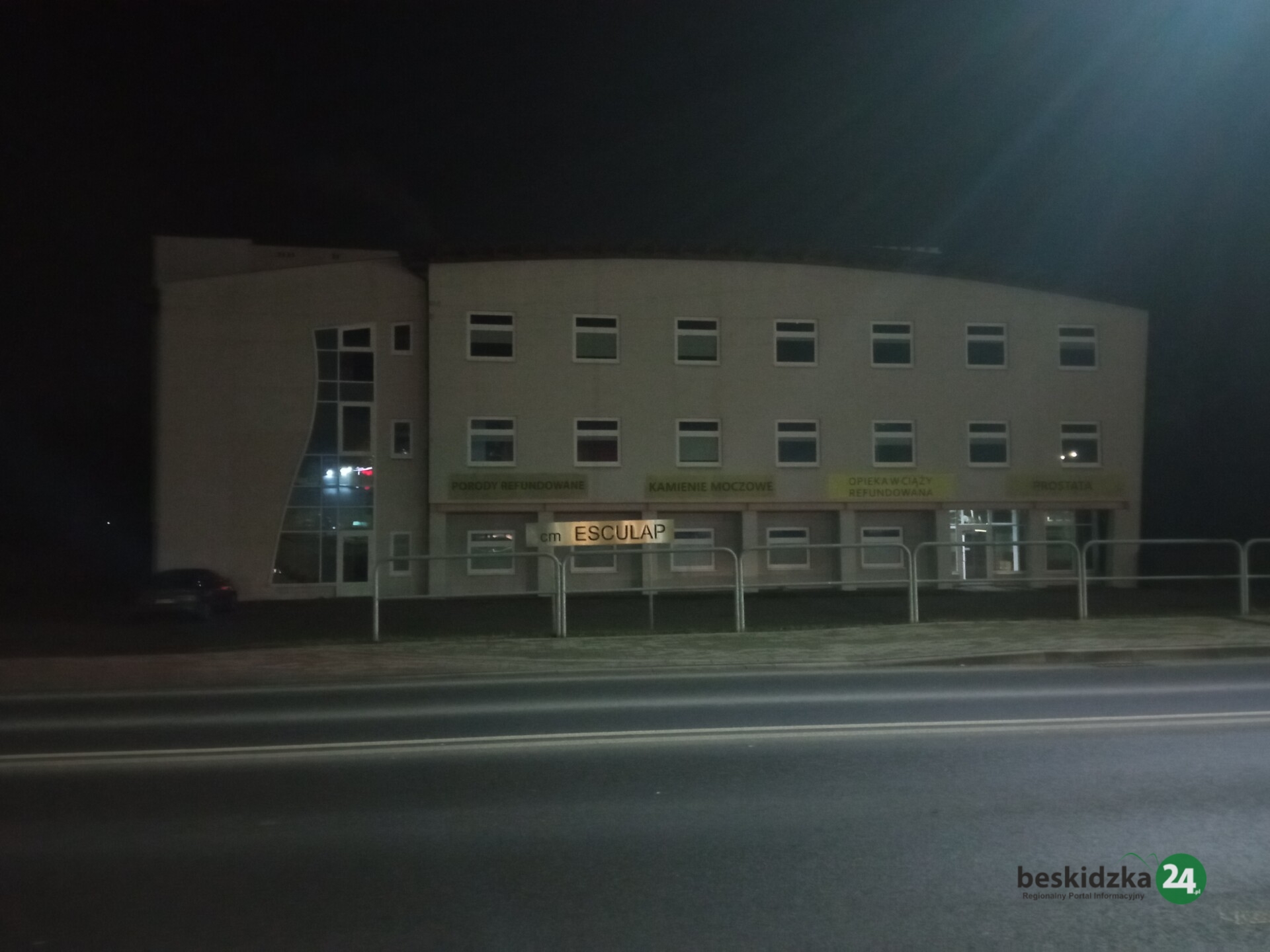
Самые дорогие города в США
По мере того, как арендная плата стремительно растет, а стоимость жизни продолжает расти, новое исследование правительства Хайленда призвано ответить на простой, но критический вопрос: являются ли самые дорогие города Америки на самом деле самыми дорогими в мире? ценность Это? Спойлер: Не совсем.
В исследовании был проанализирован широкий спектр показателей, включая расходы на жилье, доходы, безопасность, дорожное движение, загрязнение окружающей среды и безработицу, с использованием данных из таких источников, как Бюро труда США и Zillow. Цель? Чтобы определить города, где люди платят премию и получают много хлопот взамен.
Ньюарк, штат Нью-Джерси, заявил о сомнительной чести быть самым завышенным городом в США, заработав идеальный — и в этом случае совершенно ужасный — балл 100.По данным Highland Cabinetry.
Проживание здесь обойдется вам в 5100 долларов в месяц, и за что? Индекс безопасности чуть выше 24, один из худших в стране. Средний доход домохозяйства составляет скромные 53 818 долларов, что намного ниже, чем в городах с аналогичными расходами. Если вы хотите позволить себе роскошь платить большие городские цены за небольшие городские проблемы, Newark’s поможет вам.
На втором месте находится Нью-Йорк, который набрал 98,17 балла. Он имеет самый высокий ценник на недвижимость в стране — ошеломляющие 18 402 доллара за квадратный фут в центре города. Но с его забитыми улицами, сомнительной безопасностью (индекс: 49,16) и средним доходом ниже, чем в Лос-Анджелесе или округе Колумбия, вы не получаете то, за что платите. Как видно из доклада, "Стоимость жизни в одиночку не определяет ценность города. "

Лос-Анджелес занимает третье место с результатом 96,33. Он может похвастаться худшим трафиком любого города в исследовании (индекс: 312,53), в сочетании с высоким уровнем загрязнения и жильем площадью 7500 долларов за квадратный фут. Конечно, средний доход приличный, но жители задыхаются от смога и проводят часы в тупике.
На четвертом месте находится Детройт, который доказывает, что даже более дешевая недвижимость — всего 1067 долларов за квадратный фут — не может спасти город из этого списка. Город борется с низкой безопасностью (индекс: 26,86), низким доходом (38 080 долларов США) и значительной безработицей. Он набрал 94,5 балла, в основном за неспособность предложить стоимость даже по более низким ценам.
Уилмингтон, DE замыкает пятерку лучших. С жильем на уровне более 3000 долларов за квадратный фут и доходами, колеблющимися чуть выше 50 тысяч долларов, жители платят роскошные цены за образ жизни среднего уровня. Город набрал 92,67 балла, отягощенный высокими затратами и непомерной отдачей.
Исследование Highland Cabinetry показывает, что Вашингтон, округ Колумбия, занимает шестое место, набрав 90,83 балла. Это самый дорогой город в списке по общим расходам на проживание - почти 6800 долларов в месяц - но он предлагает непомерную безопасность (индекс: 39,86) и ежедневный измельчение трафика и загрязнения. Даже при шестизначных средних доходах опыт не совсем кричит «ценность». "
Чикаго находится на седьмом месте. С 89 баллами Винд-Сити предлагает приличный заработок (74 474 доллара США), но тянет себя вниз с плохой безопасностью, уровнем безработицы 5,3% - худшим в списке - и расходами, которые заставляют вас сомневаться, стоит ли пицца.

Хьюстон занимает восьмое место, забив 87,17. Несмотря на то, что он более доступный, чем многие его сверстники, его качество воздуха плохое, доходы низкие (41 142), а безопасность - это не то, чем можно похвастаться. Это классический случай, когда более низкие затраты не обязательно равняются лучшей жизни.
На девятом месте находится Сан-Франциско, где мечта о техническом богатстве сталкивается с реальностью. С ценами на жилье более 11 000 долларов за квадратный фут и высокими ежемесячными расходами город набирает всего 85,33. Несмотря на высокие доходы, жители имеют дело с тяжелым движением, посредственной безопасностью и значительным загрязнением. Короче говоря, вы заплатите много, и вы будете страдать много.
Наконец, Майами завершает список под номером десять со счетом 83,5. В то время как безопасность и качество воздуха превзошли многие города, доходы не простираются достаточно далеко, чтобы оправдать ежемесячные расходы в размере 4100 долларов. Веселье на солнце стоит дорого, и для многих это слишком круто.
Как выразился представитель правительства Хайленда: «Стоимость жизни в одиночку не определяет ценность города. Наши данные показывают, что несколько дорогих городских районов имеют серьезные компромиссы, будь то длительные поездки, проблемы безопасности или экологический стресс. Для многих жителей ценник - не единственное соображение - это то, что получают деньги. Во многих случаях возврата инвестиций просто нет. "
Тайлер Дерден
Мон, 06/23/2025 - 22:10










![Przedświąteczne kontrole policjantów i strażników leśnych. Sprawdzają legalność choinek i drewna [zdjęcia]](https://tkn24.pl/wp-content/uploads/2025/12/Wspolne-kontrole-policjantow-i-straznikow-lesnych-2.jpg)



